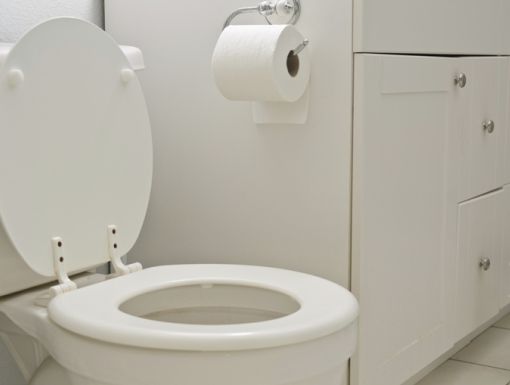
A Little Army of Robots Making a Big Impact
Although we may assume that hospitals, nursing homes, rehabilitation facilities and outpatient clinic settings are clean and germ-free, this is a hard task to accomplish. Even with the best of intentions and routine cleaning procedures, patients can still contract healthcare-associated infections (HAIs). These are infections like MRSA (methicillin-resistant Staphylococcus aureus), C.diff (Clostridium difficle) and other multidrug-resistant organisms that may be spread to patients in a hospital or healthcare setting. This is where Xenex robots come in.
The Xenex LightStrike® Germ-Zapping Robots® can destroy tiny bacteria, viruses and superbugs that are sometimes found in hospital rooms and can potentially cause deadly infections through the use of high-intensity UV light. Hospitals using Xenex devices have published outcome studies in peer-reviewed journal showing 50-100 percent decreases in certain HAIs.
Current Centers for Disease Control and Prevention stats show that one in every 25 patients in the United States will contract an HAI, and of those, one in nine will die, meaning that 300 people die each day in the U.S. from these kinds of infections acquired during a hospital stay.
There are about 400 robots being used in hospitals and government facilities in the U.S., Canada, Europe, Africa and Japan. Ochsner Medical Center-Jefferson Highway deployed 10 of the germ-zapping robots to enhance the room disinfection process after routine cleaning has occurred.
In use in more hospitals than any other UV disinfection device, just one Xenex robot can disinfect 30-62 hospital room a day and is 20 times more effective than traditional hospital cleaning. They may look like something out of Star Wars, but these germ-zapping robots go to war against germs effectively and efficiently, helping to disinfect surfaces in a healthcare facility to keep patients safe.

